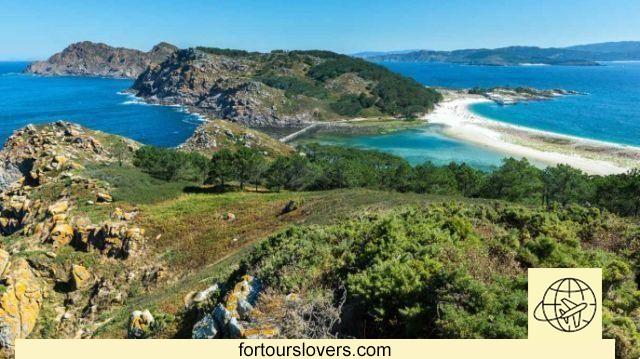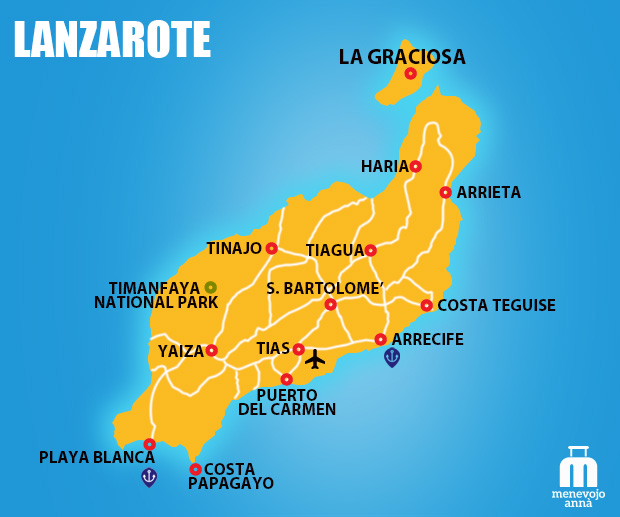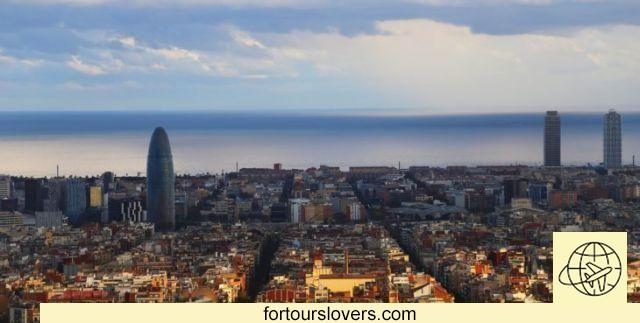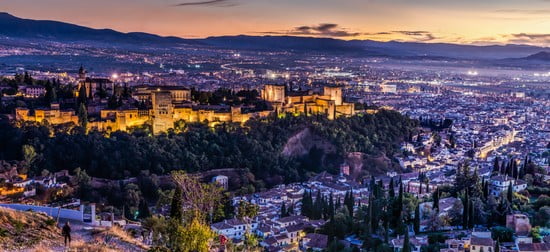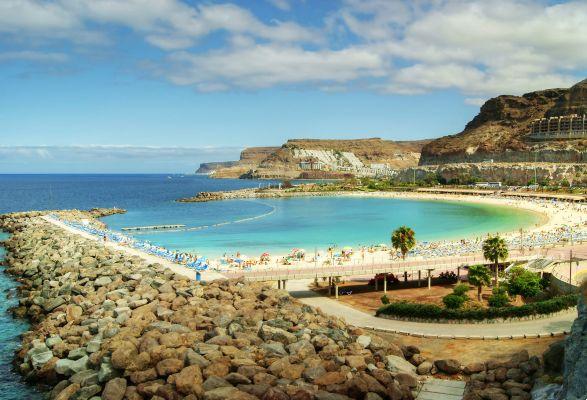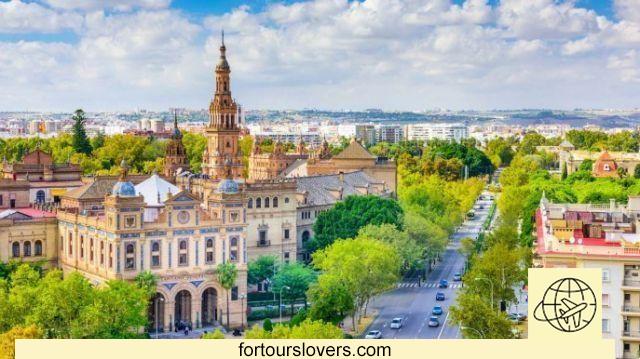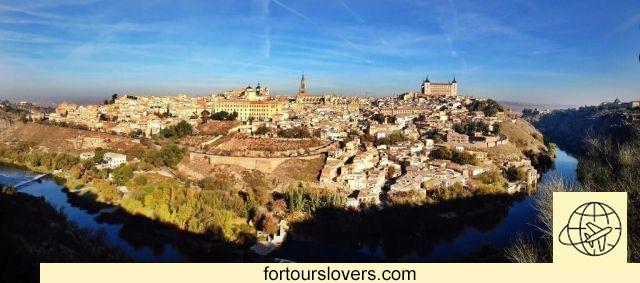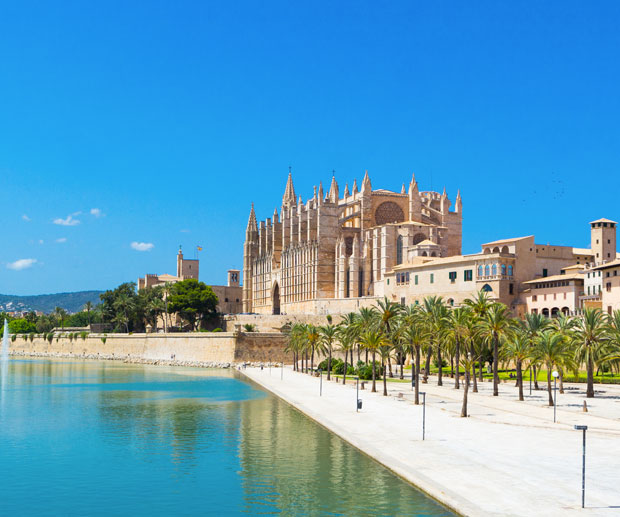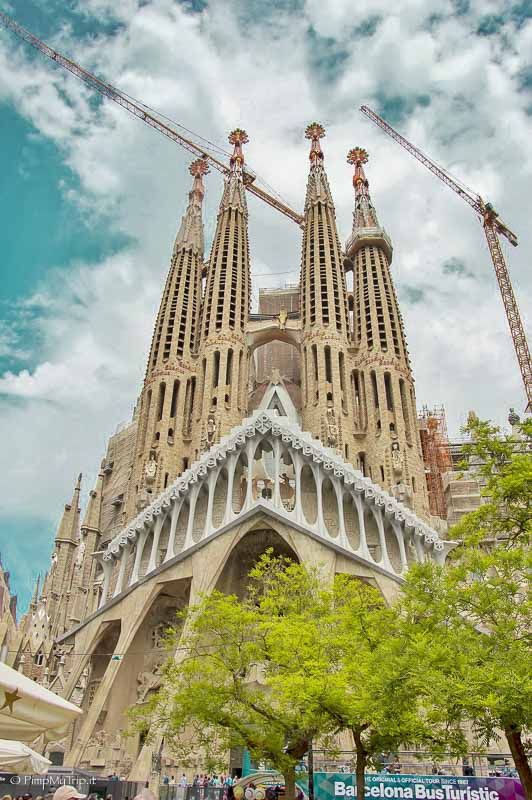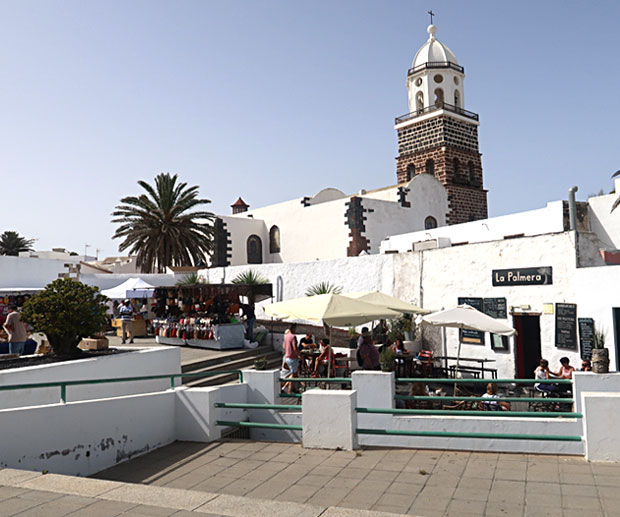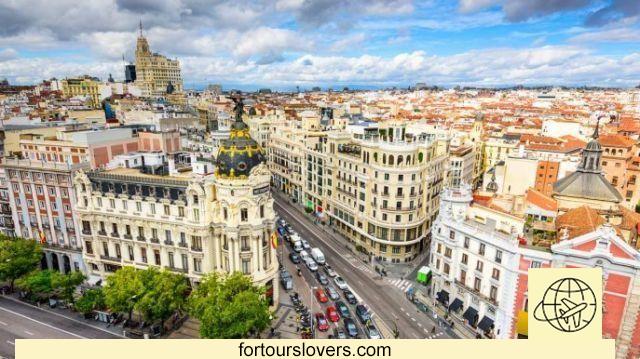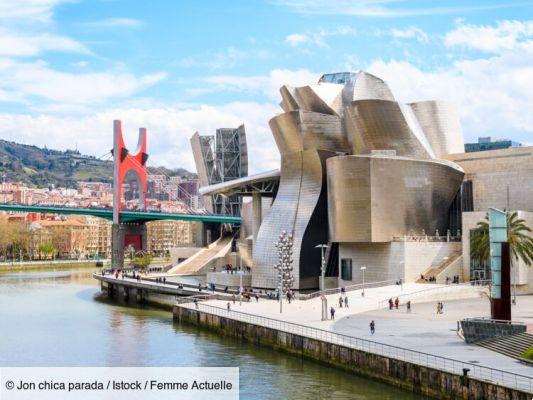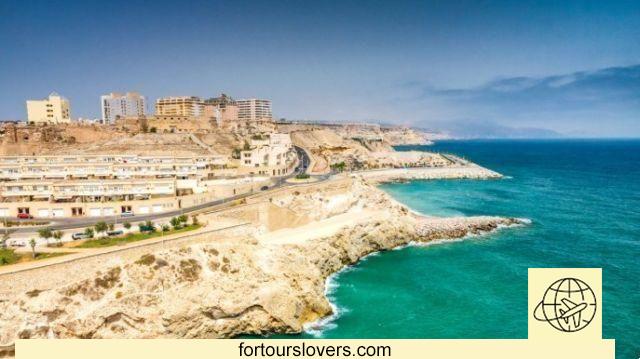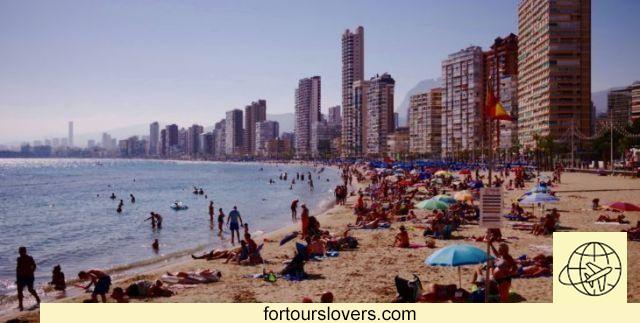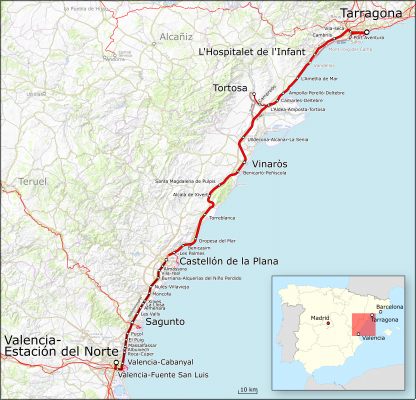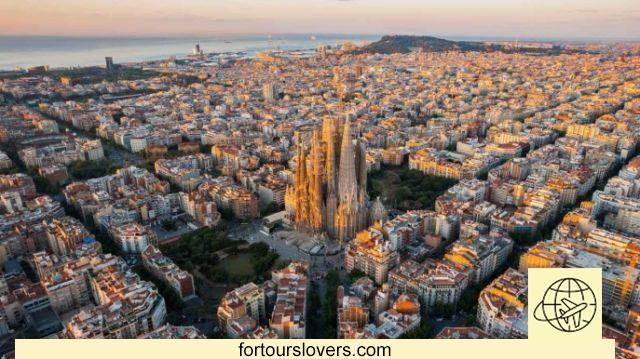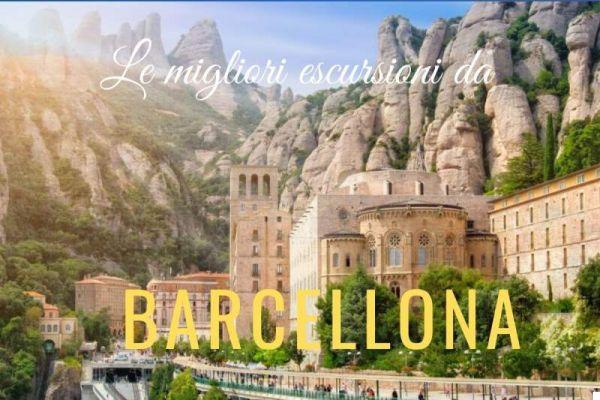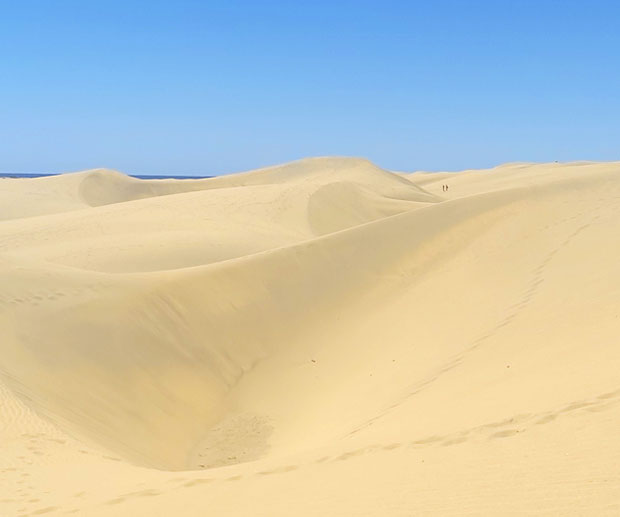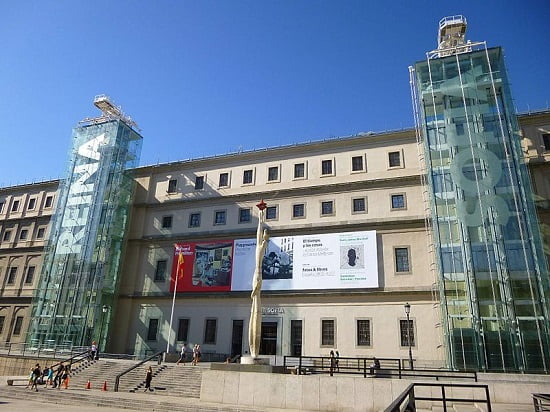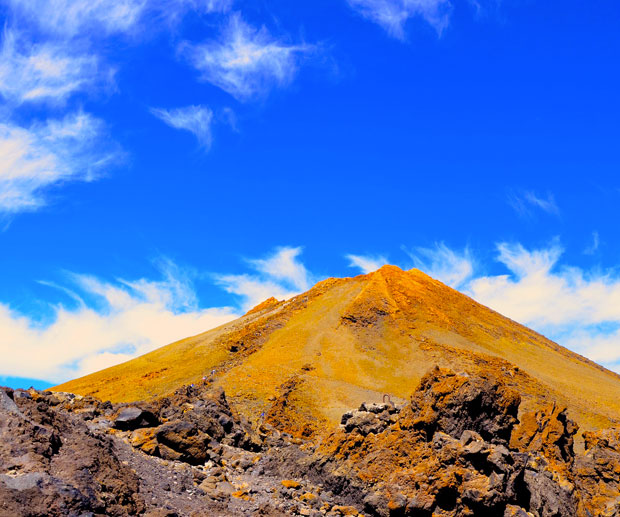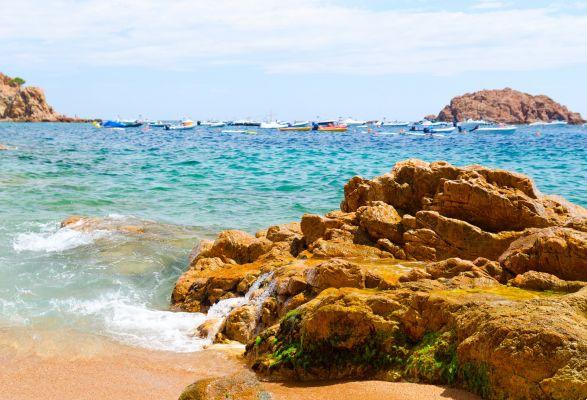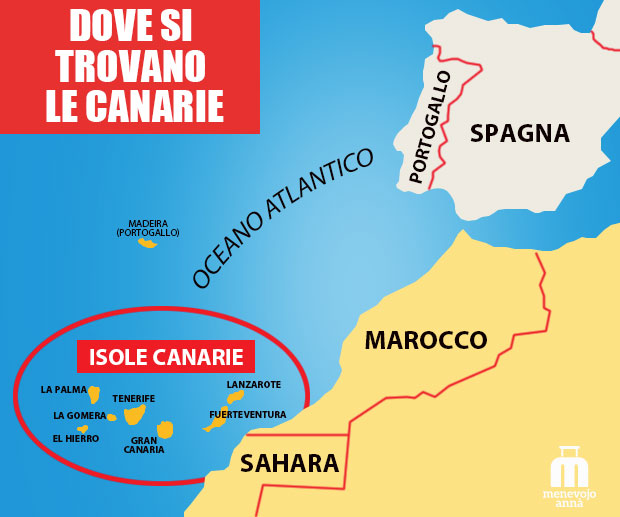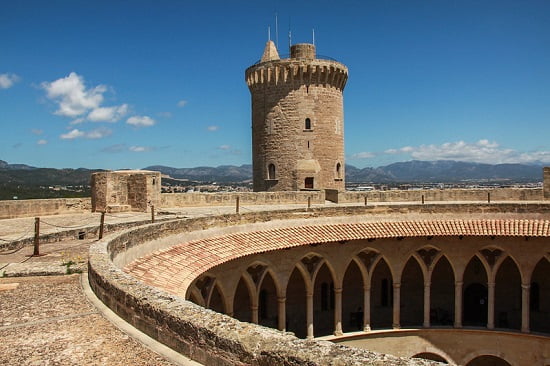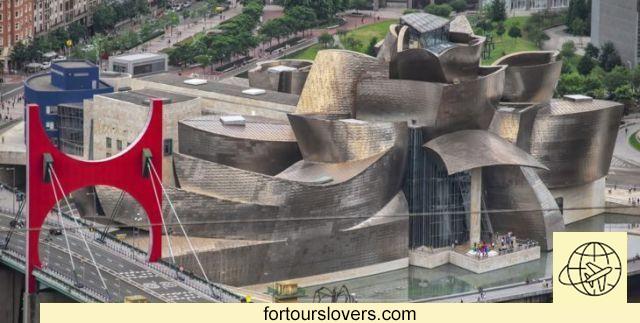
Bilbao
10 things to do and see in Bilbao and 1 not to doBilbao is one city in constant evolution which at the turn of the twentieth and twenty-first centuries experienced an epochal change: the transition from the industrial economy to the tourist one mainly focused on the cultural offer. There is a symbolic event that testifies to this transformation and it is the inauguration, in 1997, of the futuristic Guggenheim Museum (see photo). After the construction of this building, tourism numbers have significantly improved also because, following the work of Frank Gehry, other internationally renowned architects have been called to the city to design its new face. But be careful: Bilbao has by no means denied its historic center; indeed, even the Old Town tourism has benefited from gigantic work of urban transformation and regeneration which has affected part of the territory. In short, the lesson that comes from the Basque city is that one can be welcoming and projected towards the future without necessarily having to sacrifice one's own history. Strengthened by this awareness, let's go through the main tourist attractions of the city together. Happy reading.
1 Guggenheim Museum
At the beginning we referred to the fact that the Guggenheim Museum represents for Bilbao a real break between the industrial age, linked to the shipping market and the steel industry, and the tourist present, in which art and culture play a fundamental role. The symbolic importance of this passage is shown above all by the location of the building: an abandoned industrial area on the bank of the Nervión River. And, in fact, seen from the river, the museum recalls the shapes of a ship, referring to that idea of “ferrying” into the new millennium which is the specific mandate on which Frank Gehry acted. Even the choice of materials widely used in the industrial field (mainly titanium, but also steel and limestone from the Huéscar quarries, not far from Granada) recalls the dialectic between past and future, the latter inferable from the boldness of the shapes . In this game of references there is also room for more visionary aspects: how "Puppy", the floral sculpture of Jeff Koons representing a terrier dog (see photo); or "Manman", a skeletal structure similar to a spider operates, instead, of Louis Bourgeois. Same speech for "The Matter of Time", huge steel labyrinth made by Richard Serra: a reflection on time, space and the artistic evolution of sculpture. But that's not all because there are so many works to see between the outside and the inside. Just to name a few, without claiming to be exhaustive: “Tulips” (Koons); “Fog Sculpture” (Nakaya); "Walking" (Gilbert & George); “Tall Tree & the Eye” (Kapoor) etc.. In short, considering that there are also temporary exhibitions, a visit to the Guggenheim Museum takes at least half a day. For more information see the place: www.guggenheim-bilbao.eus (English version available).
2 Museum of Fine Arts
It may not have the same appeal as the Guggenheim but, from a strictly artistic point of view, the works and temporary exhibitions of the Museo de Bellas Artes in Bilbao match those in the futuristic structure designed by Frank Gehry. In all, about 10.000 works are exhibited over a period of time from the 900th century to the XNUMXth century. Great emphasis, of course, for Spanish and Basque art, but there is no shortage of works by internationally renowned artists such as, for example, Francisco Goya, Paul Gaugin and Francis Bacon. There is also an economic reason why it is convenient to visit the Guggenheim and the Museum of Fine Arts in sequence: the possibility of accessing both museums with a single ticket that can be purchased either at one of the two structures. It's not over, because this museum is located close to the beautiful Doña Casilda de Iturrizar Park, an ideal place to relax a bit between one tour and the next. For more information see the Official site: www.museobilbao.com
3 Azkuna Zentroa
Among the recommended stops of a trip to Bilbao there is certainly the Azkuna Zentroa center. The building, a old warehouse of wines and oils abandoned since the 70s (La Alhóndiga), it has been completely redesigned byFrench architect and designer Philippe Starck. An important example of urban regeneration, to the point of having won the prestigious "Global Awards for Excellence" recognition established by the Urban Land Institute which rewards the best development projects in the urban environment. What is important to underline is that it is not only the aspects related to architecture and design that are evaluated. On the contrary, the social impact of the work is assessed, especially the benefits for the community. And, in the case ofAzkuna Zentroa (or "La Alhóndiga Bilbao"), the advantages were not only tourist. In fact, the range of activities that can be practiced within the 43.000 square meters of the building are truly manifold and range fromcontemporary art al fitness, passing through the movies literature and swimming. In short, the Azkuna Zentroa (so named in honor of the Basque politician and mayor of Bilbao, Iñaki Azkuna) is another chapter of thatavant-garde aesthetics which changed the image of Bilbao, projecting the city into the XNUMXst century. For more information: www.azkunazentroa.eus (English version available).
4 Zubi Zuri Bridge
From Dubai to Buenos Aires, passing through Valencia, Tenerife and Bilbao, an architectural tour could be organized to discover the works of Santiago Calatrava even if, it must be said, those mentioned are only a small part of the cities in which the Valencian archistar worked. To bear his signature in the Basque city is the Puente Peatonal del Campo de Volantin, one of the 17 bridges that connect the banks of the Nervión River. More known as "Zubi Zuri" (or Puente Calatrava) this bridge marks the beginning of the urban transformation we mentioned at the beginning, so much so that it was inaugurated a few months before the Guggenheim. In short, another icon of the “new” Bilbao, capable of attracting throngs of tourists amazed by the architectural bizarre around the city. In this case the most striking are the white that chromatically dominates the structure and the overlying arch about 15 meters long. To be seen!
5 Casco Viejo
As reiterated at the beginning, the "new" Bilbao has not cut out the old part at all. Rather, the historic center has greatly benefited from the tourist turn of the city, expanding the offer of bars, shops and night clubs. Especially long Las Siete Calles, a network of seven streets in which, according to most, the genius loci of Bilbao. Same goes for New Square the most famous tourist postcard of the city closely followed by Arriaga Theater (the beautiful Baroque facade) and from Santiago Cathedral which we will discuss more fully in the next point. It is not over, because, in this part of the city, in addition to churches and squares, there are two other museums that are worth visiting: theEuskal Museoa, entirely dedicated to Basque culture; and the archaeological Museum which chronologically reconstructs the residential settlements in the region. Last, but not least, the Mercado de La Ribera, one of the largest indoor markets in Europe. To be seen!
6 Santiago Cathedral
Dedicated to St. James the Apostle (Santiago), the Cathedral of Bilbao is the oldest religious building in the city. The original structure, in fact, dates back to the fourteenth century although the church over time has been the subject of several extensions and restorations. A definitely relevant detail is the presence above the main portal of several scallops, still today the best known symbol of pilgrims who make the Camino de Santiago. Not surprisingly, the church is protected byUnesco as a stop on this famous religious journey. As for the dimensions, however, the Cathedral of Bilbao is all in all small, at least when compared to other cathedrals of its time. The interior is a three naves divided by colonnades; along the side aisles there are several chapels, among which we point out the Chapel of the Virgen del Pilar And that of Saint Lucia. They also deserve a mention there Sacristy and the portal leading to the church cloister, known as Door of the Angel. For more information see the Official site: catedralbilbao.com.
7 Basilica of Begoña
Known by the nickname of "Amatxu" which in Basque stands for "Mom" la Basilica of Nuestra Señora de Begogña it is about a kilometer from the Santiago Cathedral we have just talked about. The emotional bond that binds the inhabitants of Bilbao to this religious building is very strong: at the origin there is a legend of the thirteenth century according to which the church would rise on the place where a wooden sculpture depicting the Virgin Mary was found. Legends aside, it is a fact that the faithful constantly crowd the church, especially on the occasion of August 15, the feast of the Assumption of Mary, and October 11, the patronal feast. In fact, Our Lady of Begogña is the patron saint of the autonomous province of Biscay, of which Bilbao is part. From an architectural point of view, however, the church is one miscellany of different styles: from Gothic-Renaissance, neoclassic passing through the mannerism and barocco. The imposing is very impressive bell tower, whose final construction dates back to the early 900s. To be seen!
8 Artxanda funicular
Among the recommended experiences of a holiday in Bilbao there is also this funicular, active, albeit with some interruptions, since 1915. In less than 5 minutes, in fact, you pass from the city to Mount Artxanda, a hill from which you can see a beautiful panorama. The view from the top allows you to admire even better the architecturally innovative structures that have changed the face and destiny of the city. So don't forget your camera, without forgetting, however, that Mount Artxanda is also an ideal place to take a walk away from the hustle and bustle of the city. To do. Find out more about the history, schedules and prices of the Artxanda funicular click here.
9 Puente Colgante
About 10 kilometers from Bilbao are the municipalities of Getxo and Portugalete, an excellent opportunity for recreation to unwind from the frenetic pace of the city. The Bilbain people know this first (also because in these parts there are some of the most beautiful beaches in northern Spain) but also the number of tourists is starting to be significantly high thanks to the effectiveness of the underground connections. We said different things to see starting with the bridge that connects the two territories on the opposite banks of the Nervión river. Let's talk about the Puente Colgante (or Puente Vizcaya) built by the engineer Alberto de Palacio and active since the end of the 800th century. Since 2006 this iron structure is UNESCO World Heritage Site. The card drawn up for the prestigious award refers to the fact that it was the first bridge in the world to transport people and traffic on a high suspended gondola ("the first bridge in the world to carry people and traffic on a high suspended gondola“) Which makes it one of the most outstanding architectural constructions of the industrial revolution. And already because the peculiarity of Bizkaiko Zubia (Basque name of the structure) lies precisely in the fact of transporting people, vehicles and goods on a kind of boat suspended in mid-air with lots of indoor parts and external parts, instead, intended for vehicles. and animals.The ferry takes just a couple of minutes but those wishing to experience the thrill of crossing the bridge on foot can do so easily by walking on the footbridge at a height of 45 meters accessible by lift. To do!
10 Guernica
On April 26, 1937, Guernica, a city in the Basque Country about thirty kilometers from Bilbao was destroyed by a terrible aerial bombing carried out by the German air force in support of the nationalist cause of Francisco Franco. A terrible chapter in the long and bloody Spanish civil war, as well as the inspiring motif of what will become Pablo Picasso's most famous canvas. The painting, as you know, is in the Reina Sofia Museum, and many argue that it alone is worth a trip to Madrid. And, who knows if it is not the case, after having admired the work of art and the Spanish capital, to make a stop also in the city where the events really took place, perhaps taking advantage of the proximity to Bilbao. Guernica (Gernika in Basque) does not have huge attractions, and its tourist popularity derives exclusively from the tragic events of which it was protagonist in spite of himself. These facts, however, cemented the Basque identity and kept the republican sentiment alive during the long years of Francoism. To be seen!
1 Beware of petty thefts
In Bilbao, crime is low and the political tensions linked to Basque independence are fortunately only a memory. The only dangers are those common to all large cities (mostly muggings and petty thefts) and the remedies are equally common: avoid running around with a lot of cash; leave the bag unattended at the bar tables (or on the beach); keep the wallet in the back pocket of your trousers; etc. etc.. For the rest, do not worry and have a good holiday!




